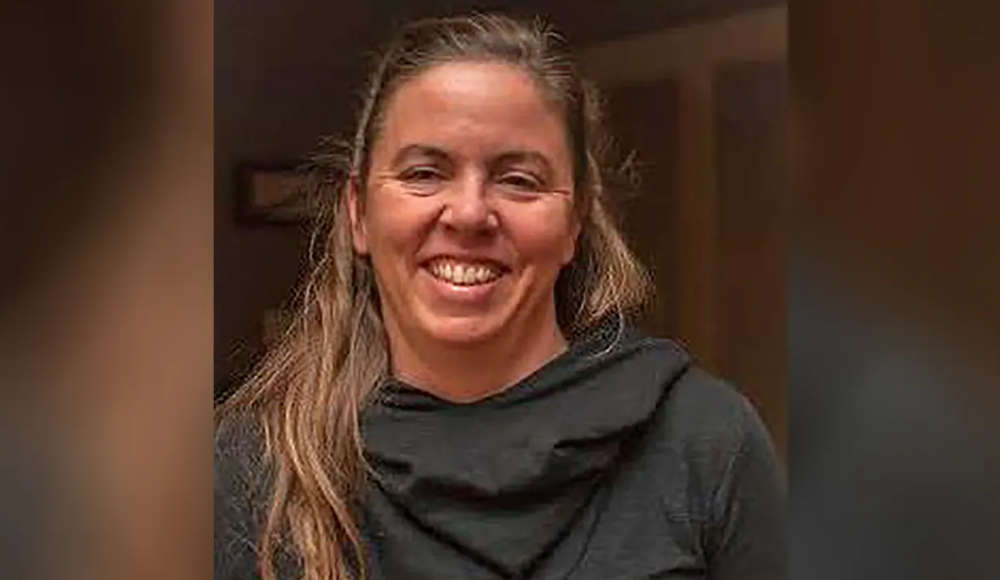Cultivation
CA marijuana growers ‘struggling across the board’: Q&A with industry insider Kristin Nevedal

For the past year, Kristin Nevedal, a former marijuana grower and consultant in California, has worked as manager of the Mendocino County Cannabis Program, allowing her to hear firsthand the frustrations cannabis business owners are experiencing.
“They’re struggling across the board,” Nevedal said. “They’re losing their shirt.
“There’s a lot of stress and despair out there.”
As part of the transition into program manager, Nevedal resigned her positions on the boards of the California Cannabis Industry Association and the International Cannabis Farmers Association.
Now she’s on the side of the regulators, trying to help those cannabis companies get annual licenses for a market beset with overregulation, too much production and onerous taxes.
“Applicants and our permit holders, they’re like, ‘I’m broker than I’ve ever been because of the economic situation in the market,’” said Nevedal, who is a member of the MJBizDaily Advisory Board.
“And we’re asking for a lot of materials to get them prepared for annual licenses. So, you know, I’m nobody’s favorite person.”
MJBizDaily spoke with Nevedal about the state of the market and how cannabis companies can work with regulators.
It sounds as if you’re in the hot seat.
On a regular basis. Staff is very committed here to getting people over the hill and their annual licenses.
If you can get us the materials and you can concede to our reviews, our goal is to get it done. So you can meet these deadlines and get your annual license.
But obviously, none of this is easy, especially for the applicants.
What can business owners do to help themselves through the process?
It’s really hard, because as an applicant or a consultant working on behalf of an applicant, it takes a long time for materials to be reviewed.
One of the things that I wish I had done better as a consultant is really prepare materials ahead of time, knowing what needs to be prepared and getting them together.
But the way these permits work, please stop changing the plan.
One of the things that really bogs us down as an agency – and I know as a consultant really slowed me down – was the ever-changing plan.
Growers who say we’re going to grow indoors, a little bit outdoor or mixed.
No, now we’re all mixed. No, now outdoor again.
Well, maybe we want to be 2,500 square feet now. Maybe 7,000 square feet.
Every time those changes happen, whoever is prepping those materials for the applicant is changing their entire application packet.
Then whoever’s reviewing those materials for the agency is back at the beginning of that review, and sometimes those changes trigger a rereview.
We might have already conducted a sensitive species-habitat review at 5,000 square feet of outdoor and someone is like, “Oh, I want to go up to 10,000 square feet and I’m changing everything.”
Not only are we then reviewing a whole new application, we’re also reprocessing it, which is at least a 30-day process.
If we’re bumping up against a timeline, and you want to move your material through, you got to make a plan and stick with it.
This is how you move your materials forward in a timely manner.
Every change, every modification is stepping backward.
Anytime you change your plan partway through that process, you’re not just taking a couple of steps back, you’re pretty much going back to the beginning.
The lower the number of corrections or deficiencies that are identified, the quicker that application is going to move forward.
What problems in how cannabis is regulated in California need to be fixed?
There’s a ton of them. Taxes are a huge issue.
Eliminating the cultivation tax and moving the excise tax to point of sale would be incredibly helpful.
We just have to be very mindful that the goal here is expanding, whether that means more shops, physically, or it means how to reduce the price to the consumer in the legal marketplace.
How do you drive consumers to the shops? You lower the prices to make the legal market competitive with the illicit market.
I’m a huge proponent for significant tax reform that’s meaningful in that it hopefully lowers the price to the consumer.
The second problem is restructuring the license prices. And I think this is most important for cultivators.
What I mean by that is the price of a license here is based on assuming that each cultivator will cultivate maximum square footage allowed under their license, that they will achieve the maximum number of harvests considered by the state that that license can pull off.
This really is only meaningful if you are in the Central Valley with copious amounts of agricultural land and you can develop your facility to meet those maximum licensing thresholds.
When you are a seasonal cultivator, outdoors or mixed-light, you’re relying on the weather to get to three harvests a year.
There’s not anyone in Trinity County that’s going to get three harvests out in a year.
Most existing cultivators in well-known legacy regions of the state will never get to expand beyond what they declared when they started their process.
A lot of them are in ecologically sensitive regions and in terrain that doesn’t necessarily allow for expansion.
These are the things that really give me a lot of heartburn about like, how do we help folks manage that? It’s really hard.
This interview has been edited for length and clarity.
Source: https://mjbizdaily.com/california-marijuana-growers-struggling-regulator-kristin-nevedal-says/